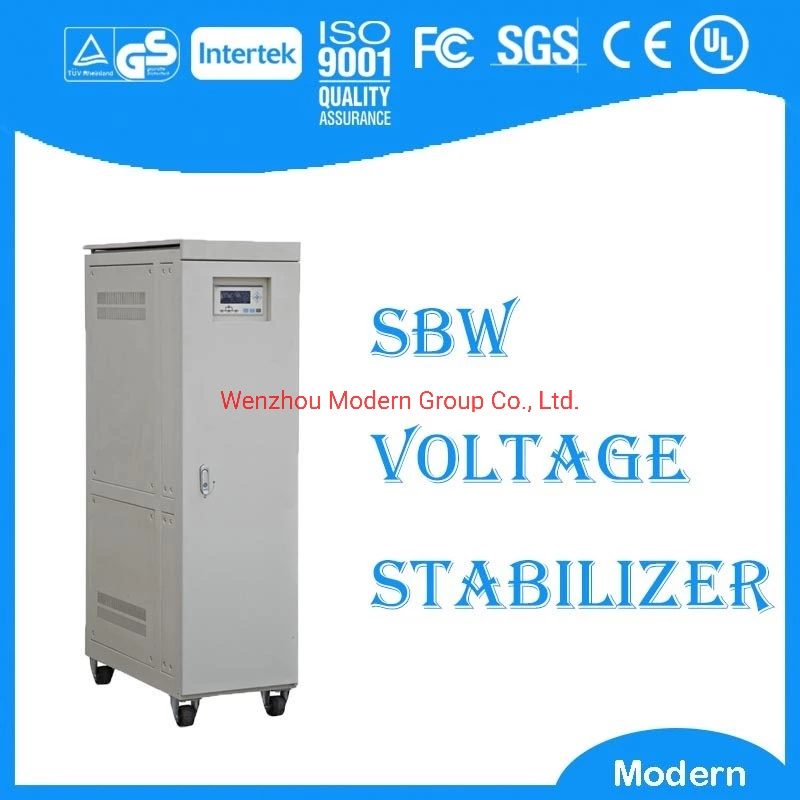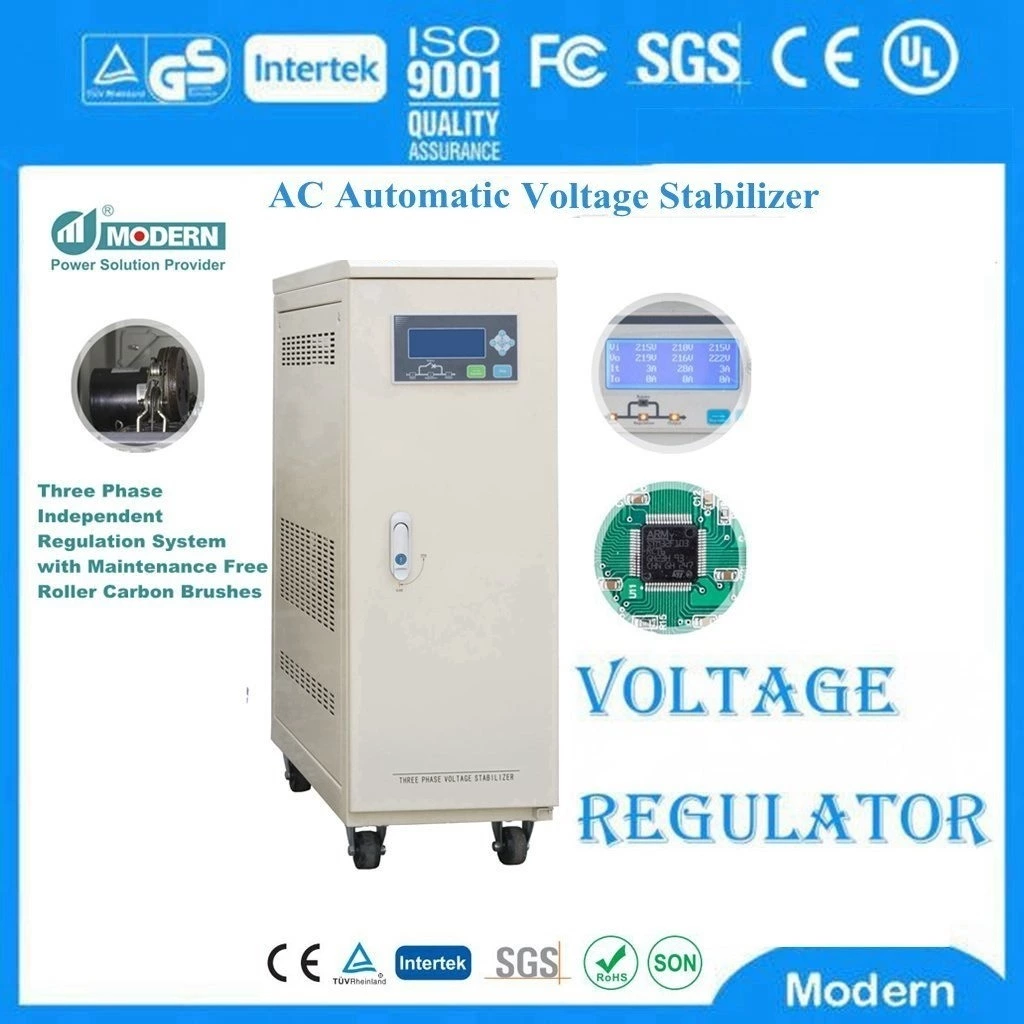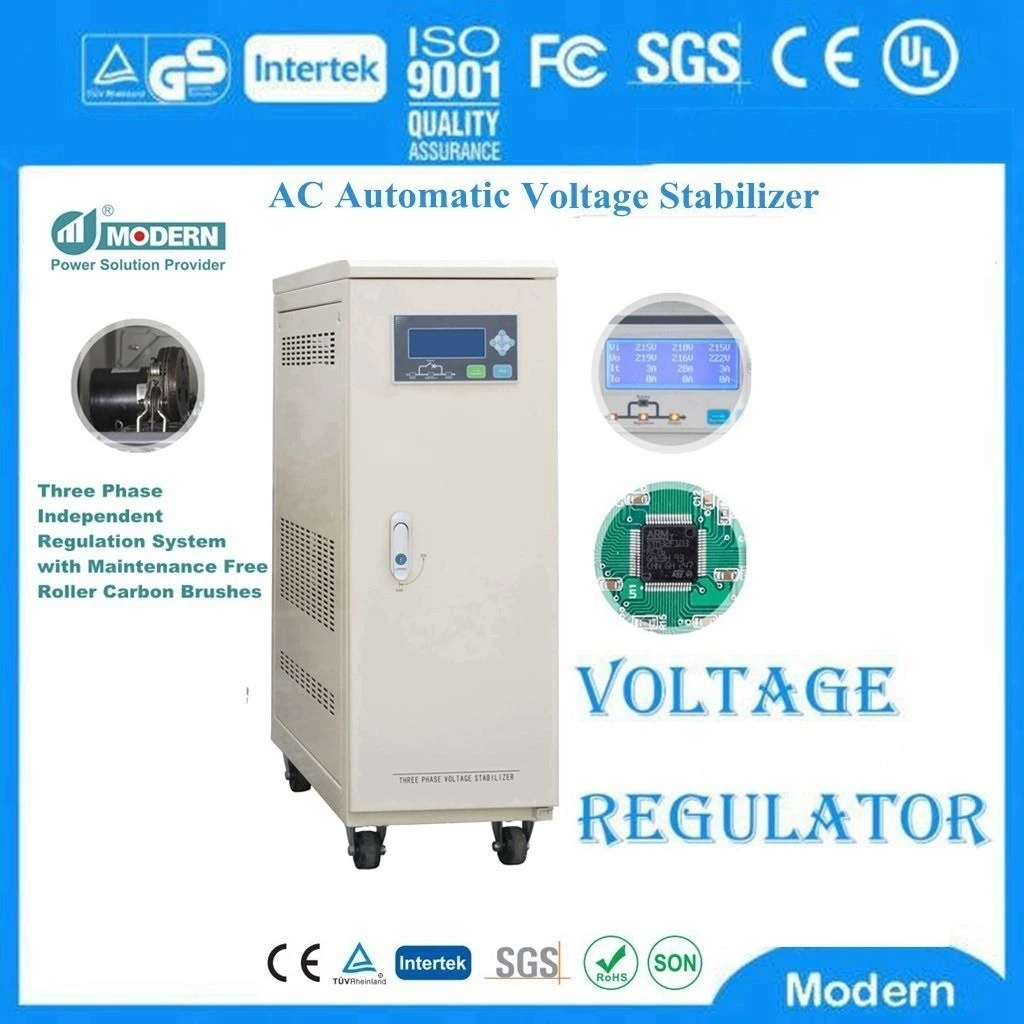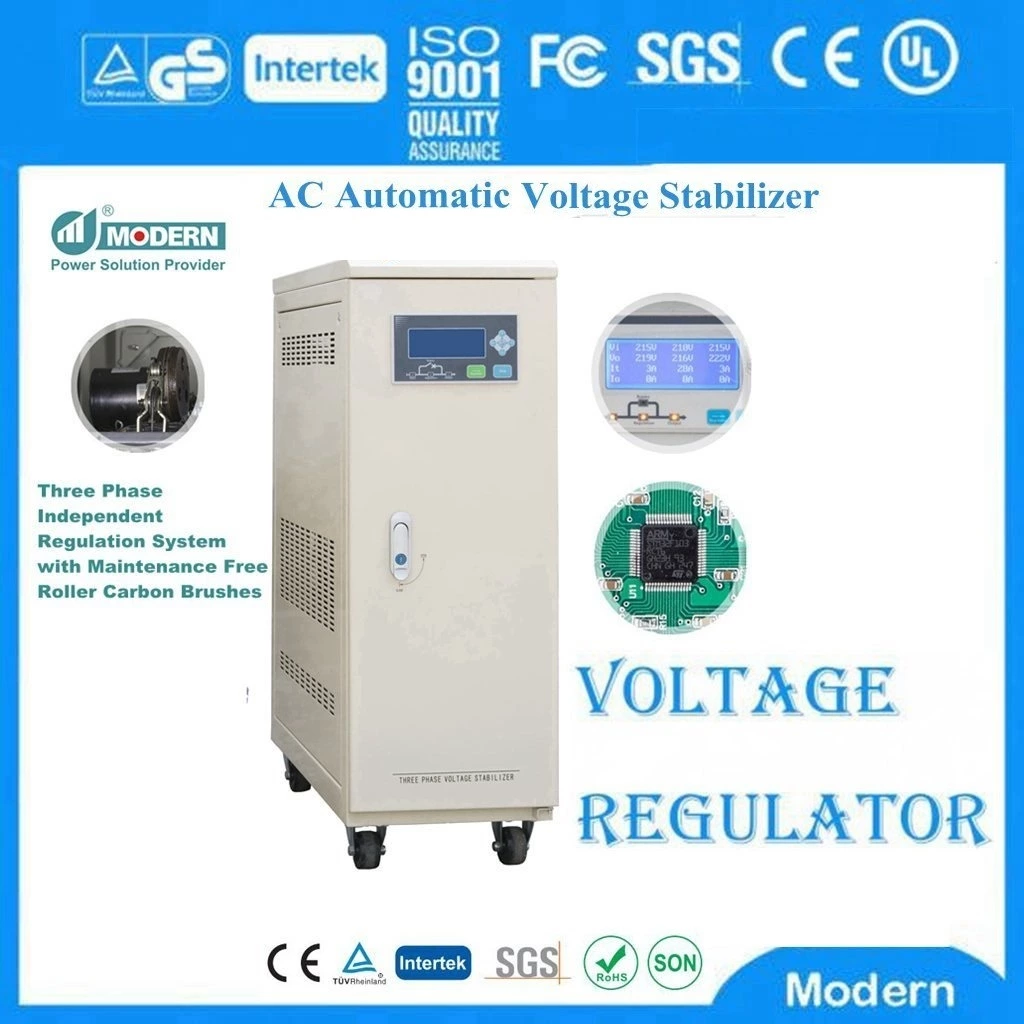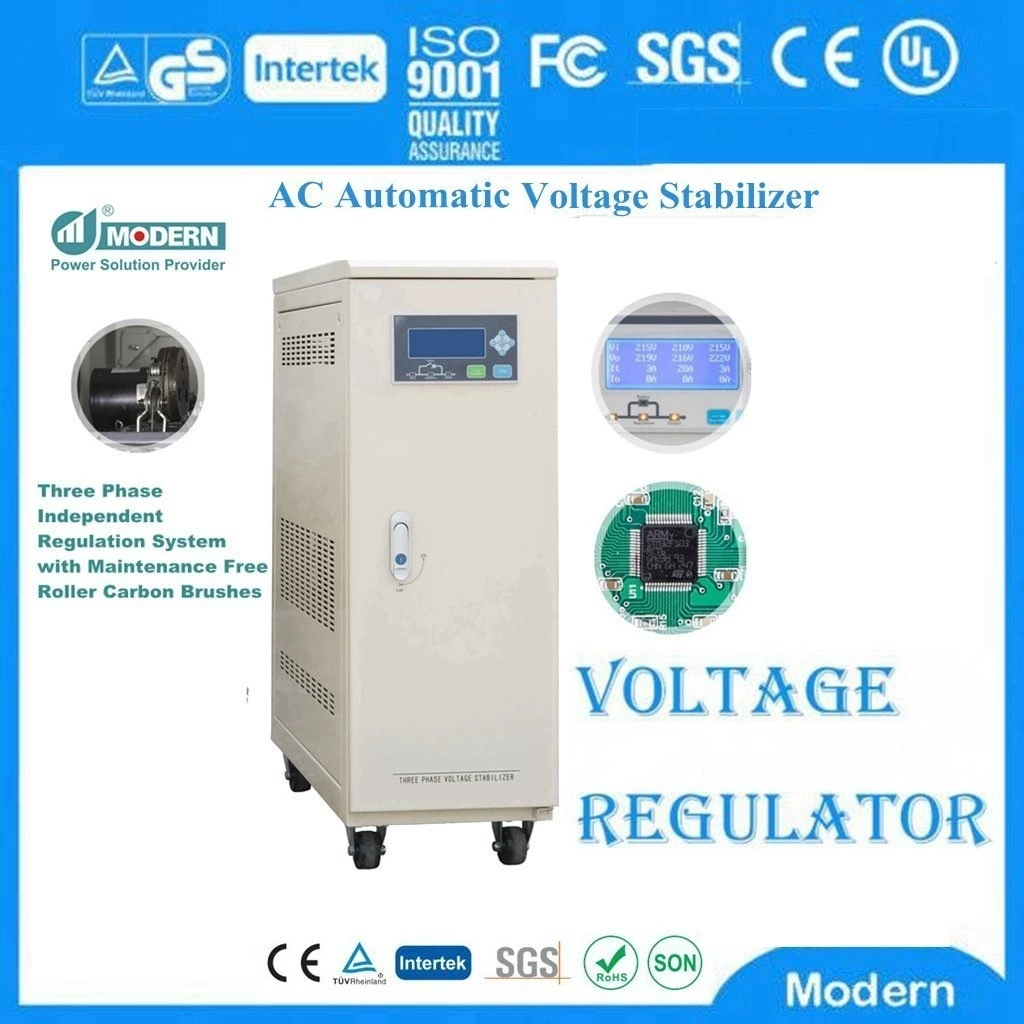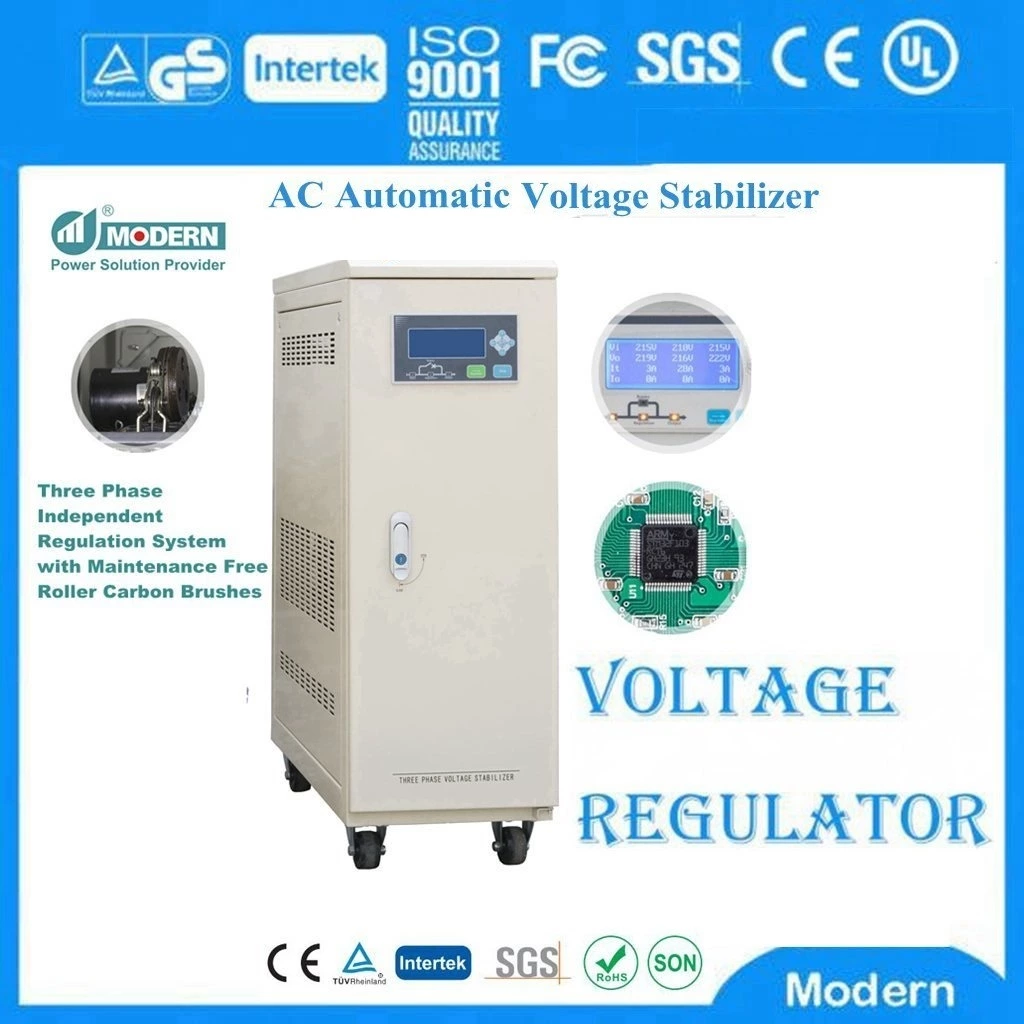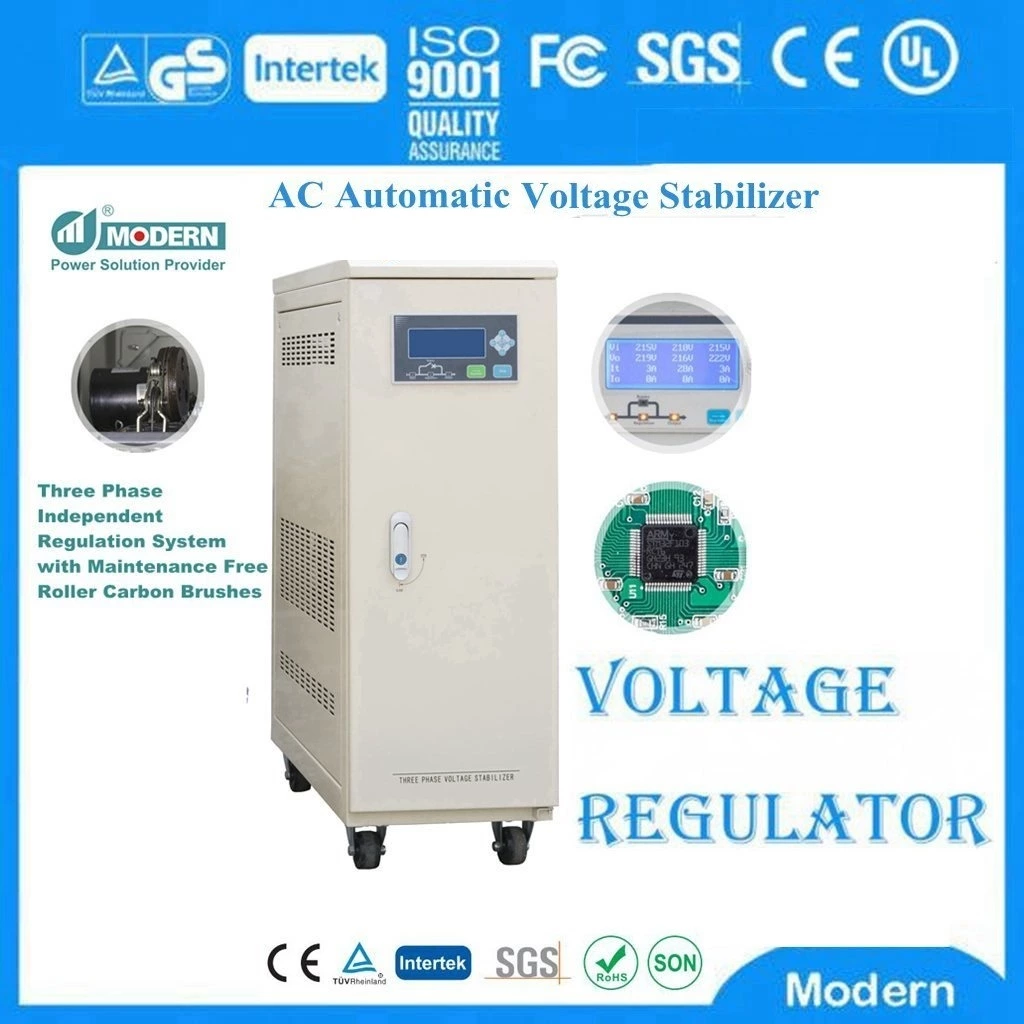The Difference Between Constant Voltage Transformer And Constant Current Transformer
The main difference between Constant Voltage Transformer(CVT) and constant current transformers is their output characteristics.
Constant voltage transformer:
Output characteristics: Under the condition of permissible load, the output voltage is constant and does not change with the load. Even if the load resistance changes, the constant voltage transformer will try to keep the output voltage constant.
Application scenarios: Constant voltage transformers are often used in situations where stable voltage is required, such as powering low-power LED light strips, household electricity, etc. In these applications, voltage stability is essential for the normal operation of the equipment.
Constant current transformer:
Output characteristics: Under the condition of permissible load, the output current is constant and does not change with the load. Even if the load resistance changes, the constant current transformer will try to keep the output current constant. At the same time, the output voltage will be adjusted according to the change of load.
Application scenarios: Constant current transformers are mainly used in situations where constant current is required to protect electronic products from damage due to voltage changes. For example, high-power LED floodlights are usually driven by constant current transformers to ensure stable light emission and extend the service life of LEDs.
In summary, constant voltage transformers and constant current transformers have significant differences in output characteristics and application scenarios. Which type of transformer to choose depends on the specific application needs and equipment requirements.
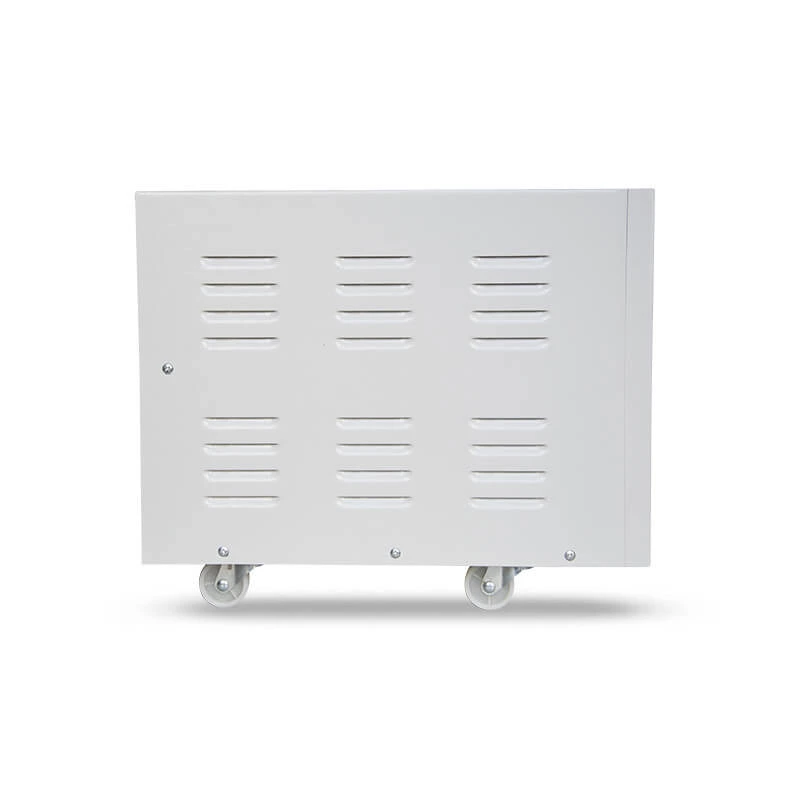
 Русский
Русский
 Français
Français
 Português
Português
 Español
Español
 اللغة العربية
اللغة العربية
